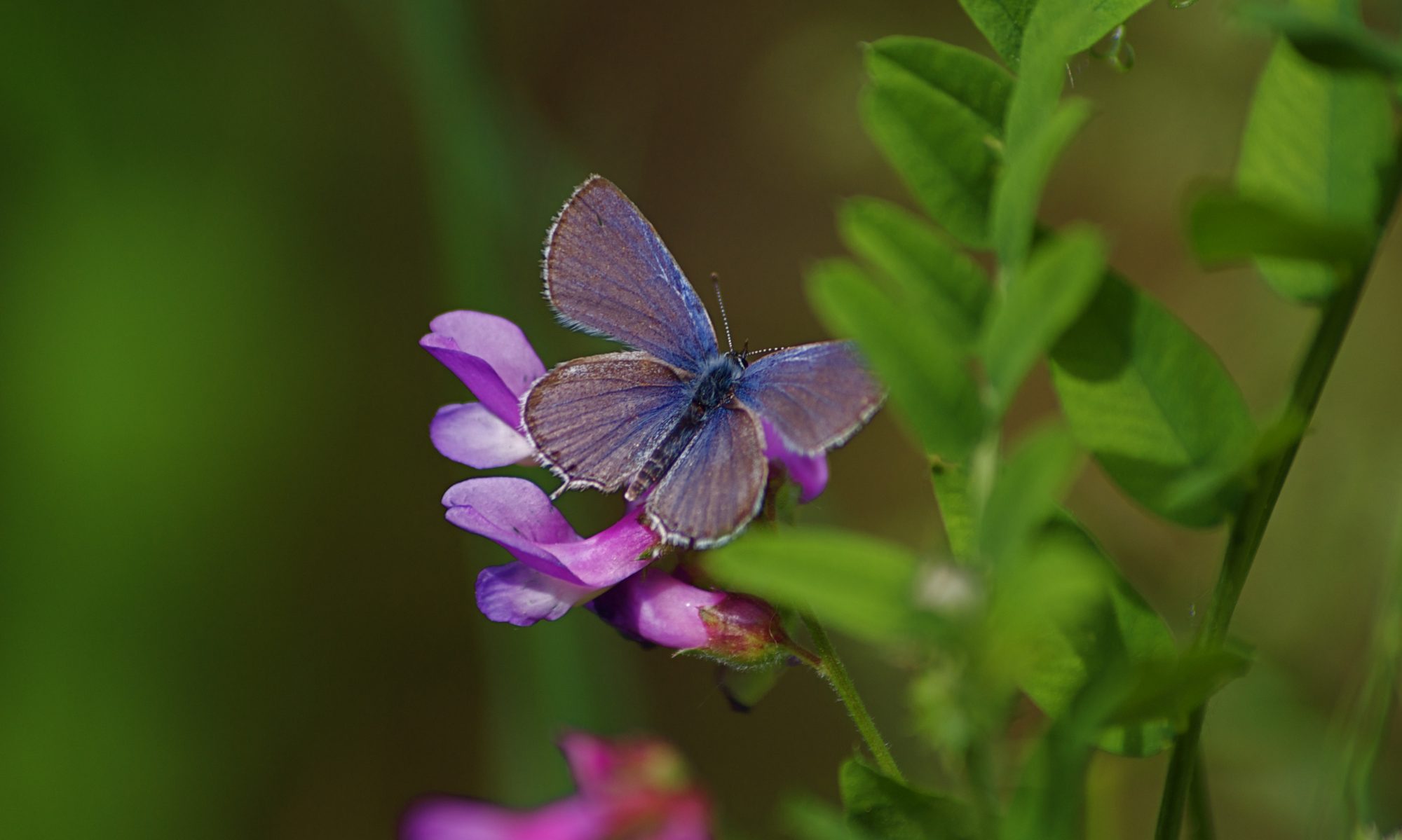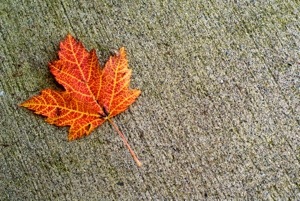A small and easily digestible helping of a few links that I have enjoyed this week.
On August 25, photographer Paul Donahue got a call: A large male jaguar had been spotted on the hunt in central Brazil’s Tres Irmãos River. Donahue, who tracks jaguar sightings for ecotourism operator Southwild in Mato Grosso, arrived at the scene to find an animal named Mick Jaguar hidden in thick grass, stalking a nearby group of caiman, a crocodile relative native to South America. “Over the next 30 to 40 minutes we watched the jaguar very slowly slink along in the direction of the yacaré,” he wrote in his field notes.
The British Medical Journal lets it rip
“I contacted Luke Tennent, a microbiologist in Canberra, and together we devised an experiment. He asked a colleague to break wind directly onto two Petri dishes from a distance of 5 centimetres, first fully clothed, then with his trousers down. Then he observed what happened.
The first grig started calling around 10 pm. His call was a high-pitched but rather pleasant warble, somewhat akin to the ring of an old-fashioned telephone. It was coming from a tall hemlock, and I had no other option but to start climbing. Thankfully, grigs are not particularly skittish, and once I located the male I had no troubles getting close to him. I recorded his call and then quickly grabbed him.
Be very thankful that you’re not a fish
Using five antennae, the bobbit worm senses passing prey, snapping down on them with supremely muscled mouth parts, called a pharynx. It does this with such speed and strength that it can split a fish in two. And that, quite frankly, would be a merciful exit. If you survive initially, you get to find out what it’s like to be yanked into the worm’s burrow and into untold nightmares.
But what if Canada really had taken over the U.S. government in 1814?, I sometimes wonder. What would an America under tyrannical Canadian rule look like? More polite? Cheaper health care? Would we all have to call macaroni and cheese “Kraft dinner”? The best way to envision this nightmarish alternate-universe dystopia is to peek in on the quiet town of Hyder, Alaska.
Lemony Snicket, poetry critic… need I say more?
Maram al-Massri is a Syrian woman who now lives in the city of Paris, France. Carl Sandburg is an American man who doesn’t live anywhere, due to death.

